I’ve certainly been doing my research on apple varieties, with a focus on heirloom apples. Which apples grow best in climates like ours? What do others say about their flavor and use? Which have the healthiest profile? (Yes it can vary a lot!) However, no amount of academic research supplants the need to experience the texture and flavor of each variety considered for “lifetime appointment” in my small orchard.
This fall I was on an apple-tasting mission. I wanted to try as many diverse apples as I possibly could, with a focus on heirloom apples that could be grown in colder climates. A small home orchard has always been part of the dream, and I’m anxious to get a start on this as I know that it can be multiple years before new trees will bear fruit. What a shame it would be to make that investment and then find out you’re not crazy about your apples!
This mission led to a few adventures, most notably a trip to Scott Farm Orchard in Vermont, which grows an incredible selection of 130 heirloom apples. We spent a lovely day enjoying their beautiful grounds, picnicking, tasting apples and taking notes. (See below!) Basically, a dream day for me… and I don’t think Urban Husband minded it too much either.
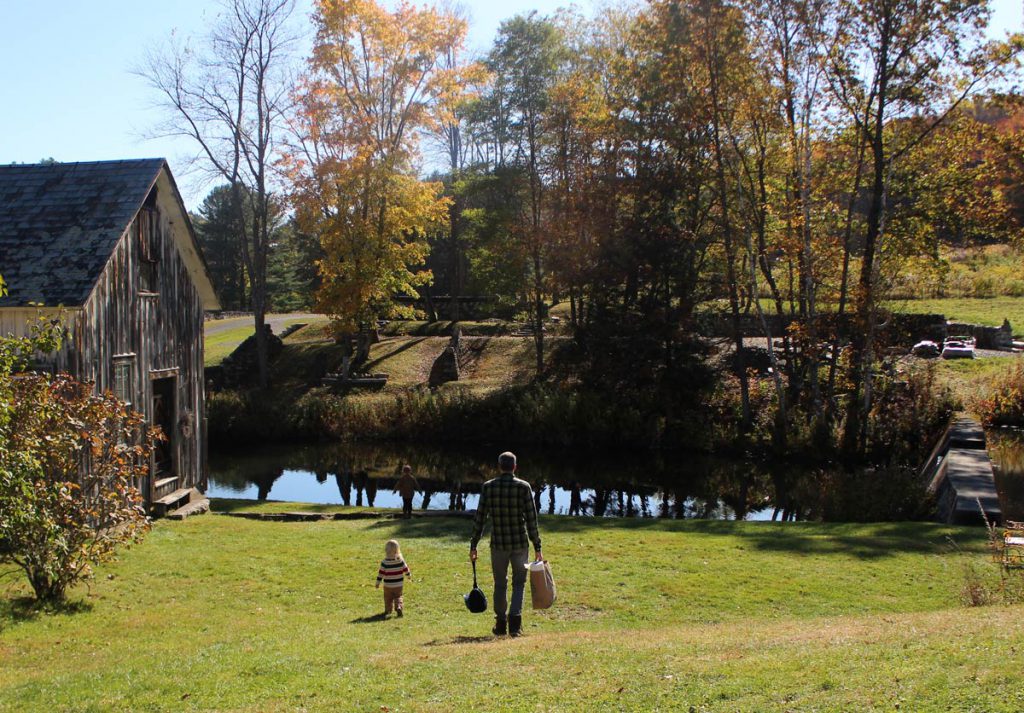
Why focus on heirloom apples and diversity?
Why pursue these obscure heirloom apples that I’ve never even tried before? I could simply focus on the blockbuster commercial successes put out by the University of MN, which have been found quite agreeable to the collective palate of the masses. (Honeycrisp, anyone?) They’re also designed to grow well in our home state of Minnesota. There are three primary reasons to pursue less common varieties of apple: healthier apples, stronger apples, and tastier apples.
What makes a healthier apple?
“An apple a day keeps the doctor away…” this familiar phrase was apparently coined during Prohibition when hard cider was prohibited and apple-growers needed to replace lost business with fresh apple eating. The saying was likely more true then than it is now. At that time, the apple supply was much more diverse and a little closer to its wild origins in the mountains of Kazakhstan.
According to Jo Robinson, the closer a fruit or vegetable is to its wild roots, the more health-giving properties it generally has. Fruit and vegetables that have been bred for man’s purposes have usually been bred for high-yield profitability, transport durability, and storage longevity …and to continually impress an ever-increasing sweet tooth. As a result, the varieties you see year after year in the grocery store have, on average, a much higher sugar profile and lower levels of antioxidants, polyphenols, and vitamins than older apple varieties. Incidentally, an exception is the Granny Smith apple, which Jo Robinson and many others recommend as the healthiest choice in the grocery aisle.
If you are growing your own, you have the opportunity to choose from many more varieties with healthier profiles. Some of the varieties Jo Robinson recommends can be found here.
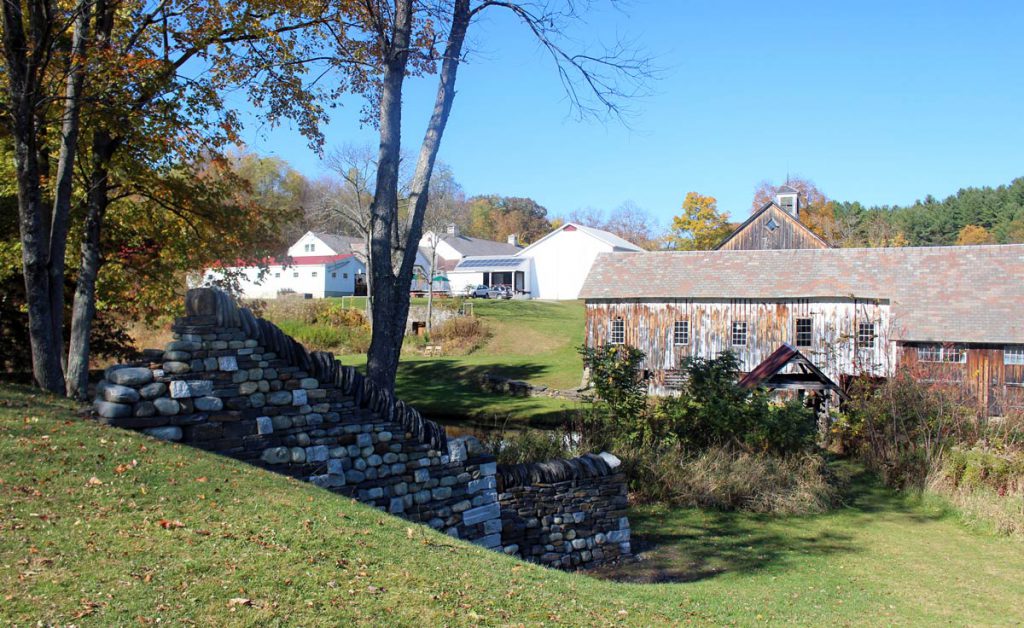
What makes an ecologically strong apple?
“The apple doesn’t fall far from the tree.” This phase is true of apple physics but not apple genetics. If you plant a seed from an apple, the resulting tree will produce apples that bear little resemblance to the original apple, and which are likely far less palatable. The bottomless bins of identical apples at the supermarket are made possible by a tree-cloning process called grafting. The only way to replicate an apple is to take a part of that apple tree and graft it onto the root of another tree. At this point we have thousands and thousands of orchards around the world filled with trees that are exact DNA replicas of about a dozen popular varieties. (More on this fascinating dynamic in Michael Pollan’s The Botany of Desire.)
You can imagine the implications of this. Most importantly, it is much easier for pests to adapt and conquer. Once one pest cracks the code to siphoning life out of a particular tree type, it thrives, multiplies and has almost limitless easy picking. In response, over time, orchard growers have to use more and more pesticides on these popular tree types as they become more vulnerable. For someone who wants to avoid pesticides (and who doesn’t?!) biodiversity is an important tool and approach.
Planting less common varieties helps with this issue of pest resistance, and so does planting a mix of apple types. In fact, planting genetically unique trees Johnny Appleseed-style would be great for your biodiversity, but would for the most part yield apples only worthy of cider-making. Planting and preserving rare heirloom varieties is a great compromise between diversity and enjoying a predictably tasty apple out of hand.
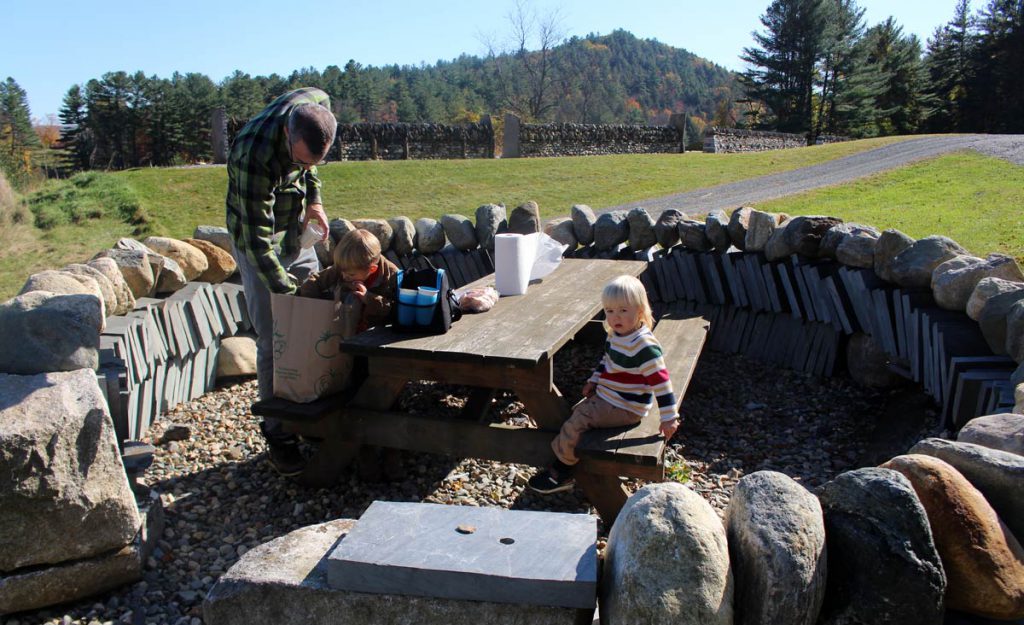
What are the tastiest apples?
This is subjective, but I’ve come to appreciate that the apples on our grocery shelves generally overperform on sweetness and underperform on complexity of flavor. Over the past century, apple growers have continuously selected and bred for the sweetest possible apple, to impress the ever-increasing sweet tooth of Americans. At some point you realize the flavor experience isn’t that interesting anymore, as did Zeke Goodband, the orchardist at Scott Farm.
Zeke is a rebel orchardist who describes the popular Honeycrisp as too “one-note.” Apparently even his pigs turn their noses up at it. Zeke grew up eating Red Delicious, but had an “epiphany” after trying some varieties in old, overgrown orchards in Maine. He began collecting cuttings and curating his own collection of rare varieties which is now best showcased at Scott Farm.
When you try these varieties, there is so much more complexity to experience. With every bite you begin to notice another dimension of the flavor or see it in a new way. Some of these apples will make you wonder why anyone bothered to preserve the variety. Some of these apples will blow you away, thinking I never knew an apple could taste like that… citrus-y, floral-y, nutty, spicy.
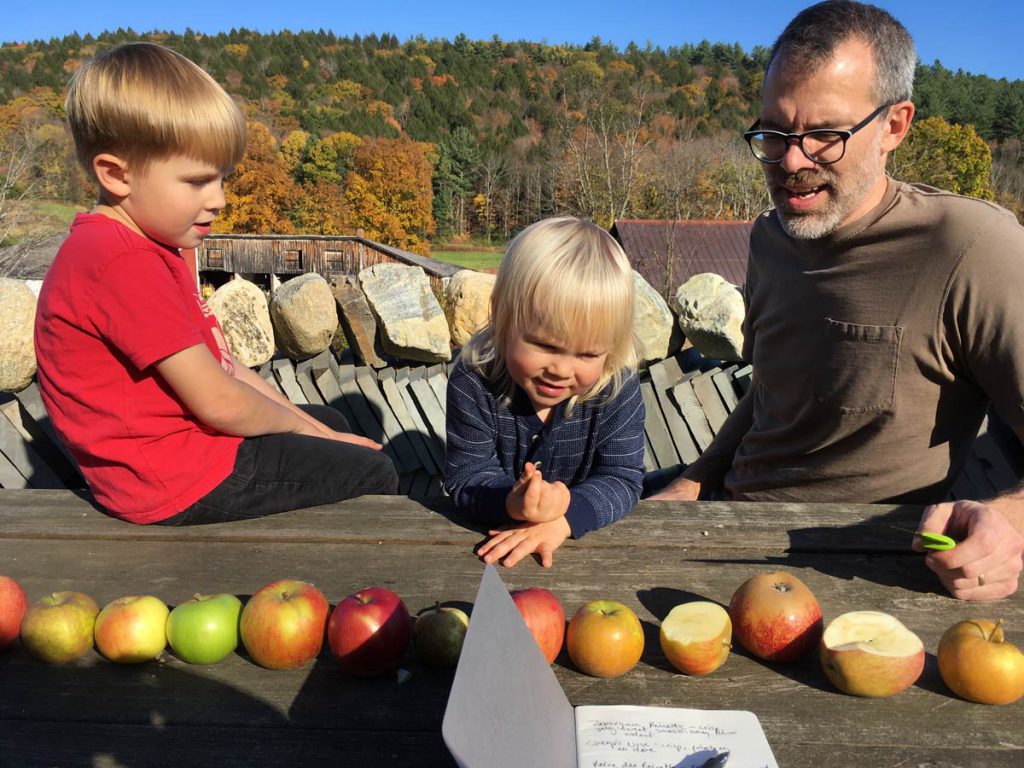
Heirloom Apple Tasting Notes
This fall I tried about 30 new-to-me apple types, mostly at Scott Farm. These are mostly heirloom, but also include a few other interesting apples that are not commonly found in grocery stores. In general, the heirloom apples tend to have more subtle flavors and softer textures… the worst made me feel like I was eating a potato! There were many that were quite interesting, and some that I loved. I’ve asterisked my favorites, which are in consideration for my own orchard. For more info on these apples and descriptions that come from a more experienced and witty food writer, I highly recommend checking out this book.
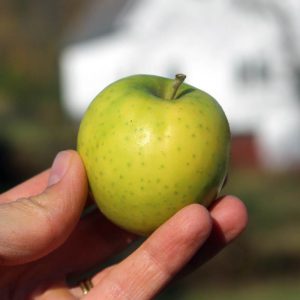
Ananas Reinette – The flavor of pineapple and bananas in an apple package. Fun novelty, but a bit too much for everyday eating.
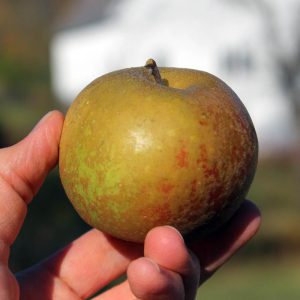
*Ashmead’s Kernal — My personal favorite from the great Scott Farm Heirloom Apple tasting. It’s quite tart, making the end of the tongue curl in a bit. I found it refreshing, like a squirt of lightly sweetened lemonade. What solidifies this as my favorite is the great texture. It’s slightly dry with a nice, snappy crunch.
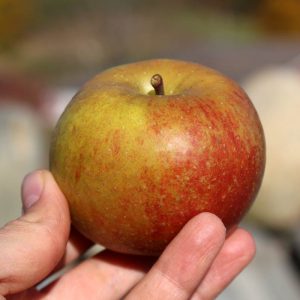
*Belle de Boskoop — Nice crisp apple, both sweet and tart.
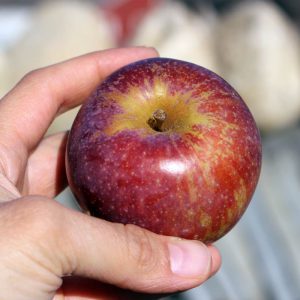
Blue Pearmain — Although this was supposedly Henry David Thoreau’s preference, I found it a bit hard and tough-skinned. The flavoring was subtle. On the sweet side with a hint of tartness, and then an interesting note reminiscent of walnuts.
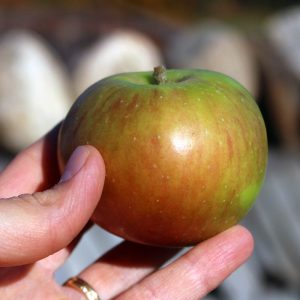
*Bramley’s Seedling — Sweet on the tip of the tongue with a slightly tart finish. I’m guessing this sweet/tart balance is what makes this such a popular baking apple in England. I tried two. The first was a little on the soft and mealy side. The second was more crisp. This wasn’t my favorite out-of-hand eating experience, largely due to texture. However, I’m highly considering it for my orchard since it is primarily a baking apple and is known for having extraordinarily high vitamin C content.
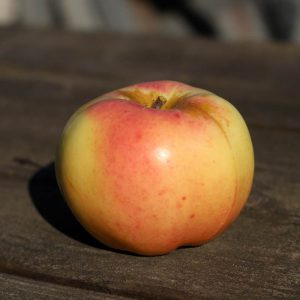
Calville Blanc d’Hiver — Crisp, dry, the subtle sweetness of champagne?
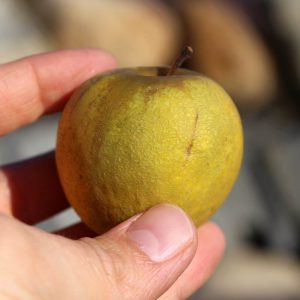
Claygate Pearmain — Very complex flavor… “It’s got that fermented flavor,” according to Urban Husband (and not in a good way, I think!) It did have a taste that goes round the mouth, like a good kombucha.
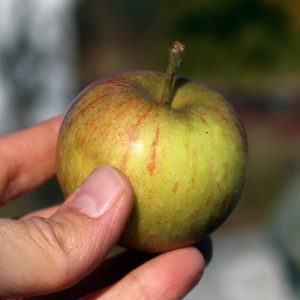
Cox Orange Pippin — This has a very classic, green apple candy flavor that you might expect from a lifesaver or a saltwater taffy. Initially I thought I detected a little orange flavor as well, but as soon as Urban Husband said “apple flavored candy or water” I couldn’t get past that reading on the flavor. I know these are a favorite of many, but in all that I tried I found the texture to be just a little on the soft side for my liking.
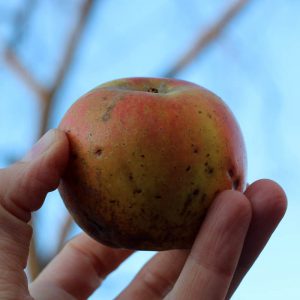
D’Arcy Spice — This one was high on my tasting bucket list due to some intriguing descriptions by the orchardist at Scott Farm. Bummed we missed it at the farm, I lucked out when a friend found some for me elsewhere in Vermont. Not a very apple-y flavor. More of a sort of smooth, vanilla base with some subtle spice notes. Is that nutmeg I detect?
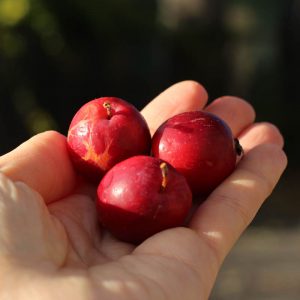
*Dolgo Crabapple — Pungent and puckery crabapples. Surprisingly sweet, like a mild cranberry. Close to their Kazakhstan roots, these little fellows are definitely on the wild side. Hence I would expect they pack more than their fair share of health benefits per ounce. Also known to be extremely hardy in cold temperatures. Worth considering.
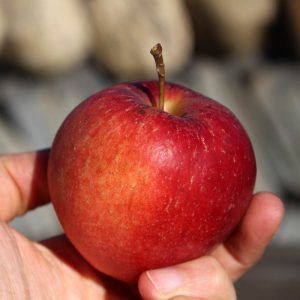
Esopus Spitzenburg — Crisp, hard, dry and sweet.
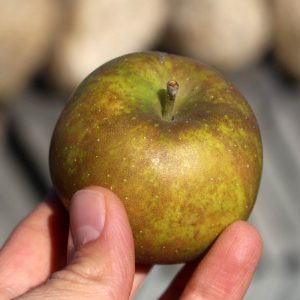
Golden Russet — Crisp and hard with a subtle flavor.
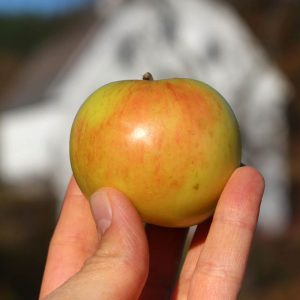
Gravenstein — Subtle classic sweet/tart flavor. Too soft for my liking, although Mr. P gave it his endorsement, “I like this!”
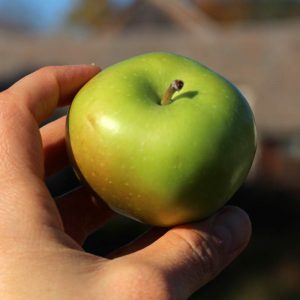
Greening Rhode Island – Crisp, juicy, sour. Reminded me of a Granny Smith apple, if a bit watered down.
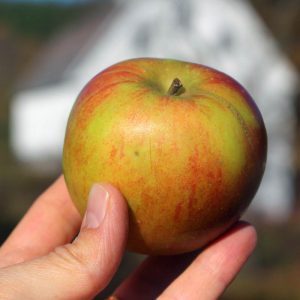
*Holstein — Slightly crisp. Citrusy flavor with a hint of pear. I could go for some more of these.
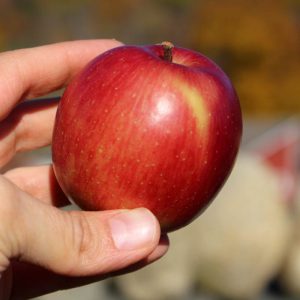
Hubbardston Nonesuch — Soft and “flavorless” according to my crew. I tasted a subtle, watered down Red Delicious flavor. Confused by such a lofty name (English term for unrivaled) I looked into this one and it seems that this apple varies dramatically in different soils. It may be better elsewhere!
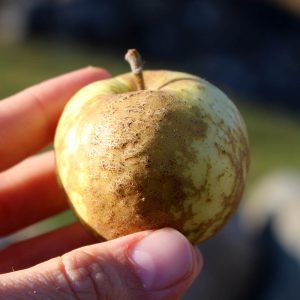
*Knobbed Russet — I really liked this one, even though the flavor was more subtle than some others. I think it was the texture that really did it for me. A bit like an Asian Pear, it is crisp and juicy with a snappy crunch. Flavor is a little citrusy and a little pear-like.
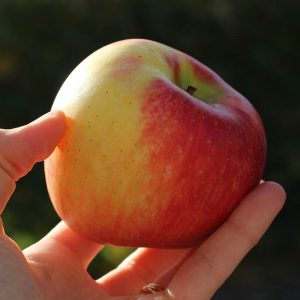
Lady Alice – This was a new variety I noticed at Whole Foods this fall. I’m including it because I enjoyed it and it had complex flavoring like an heirloom might. It was very similar to the U of MN Sweet 16 but more subtle: both sweet and complex, tasting like a full-on pastry with a cherry flavor and hint of vanilla in the frosting. Also nice and crisp.
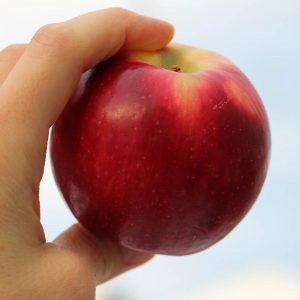
*Liberty — Deep and sweet flavor. Hints of melon. A decent apple. Not my favorite and not technically an heirloom, however worth considering because it is very high in phytonutrients and known to be easy to grow (very pest and disease resistant.) Reliable.
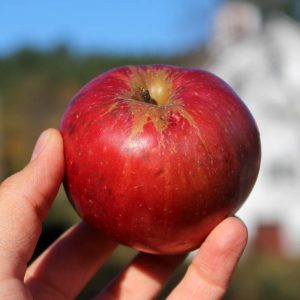
*Northern Spy — I tried this twice. The first tasting (at Scott Farm) was rather meh. I’m so glad I chanced upon another one in Concord, MA, because it was excellent (especially for someone who enjoys a sour apple.) I was won over by the excellent juicy, crisp texture. It’s quite sour and tart. Reminds me of a Granny Smith.
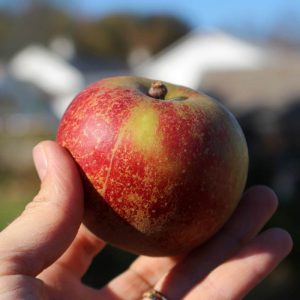
*Reine des Reinette — Delightfully crisp, this was one of my favorites. It was very sweet like a Honeycrisp, but with a much more complex flavor. Was that almond I detected?
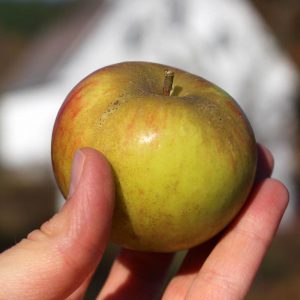
Ribston Pippin — Crisp. Smooth. Subtle sweet and tart flavor. Quite good.
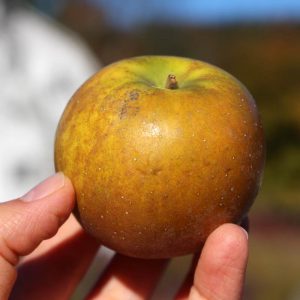
Roxbury Russet — Not real sweet, not real sour, although more sour than sweet. It was a very smooth eating experience, but the subtle flavors make it unmemorable.

Sheep’s Nose — This one felt like eating a potato. Crispy, but no flavor.
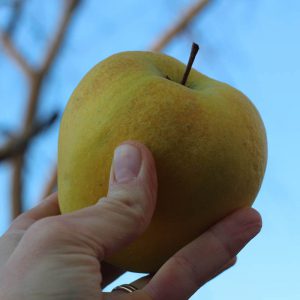
Suncrisp — Not heirloom, developed in 1994, but not found in the supermarkets. Lovely, crisp and juicy apple with very interesting mellow flavors. These are initially more tart, but mellow out. I was detecting a hint of subtle citrus in there, and finally found a way to describe it. It’s a subtle citrus flavor in the way that the citrus would come through in a can of fruit cocktail. Not sharp like a fresh pineapple, but mellowed out, even with some bananas and pears thrown in there. I’m not a big fan of canned fruit, but in the fresh, crispy vehicle of an apple it’s a very pleasant flavor.
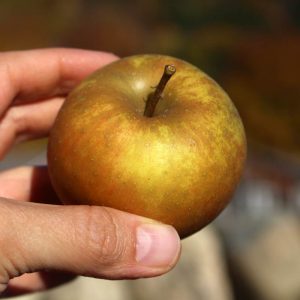
Zabergau Reinette — Nice and crisp. Very sweet, smooth honey flavor with a hint of walnut.
Not Pictured:
Black Oxford — Crisp, dry, bland. Like eating a raw potato?
Sweet 16 — I got this from our neighbor in Minnesota. It’s a U of MN variety that is both very sweet and very complex. It felt less like eating an apple, and more like the experience of eating a full-on pastry with a cherry flavor and hint of vanilla in the frosting. Fun novelty, but maybe a bit much for my own orchard.
Wolf River — Soft, mealy and bland. These apples from Wisconsin are known for their large size and mostly used for pies. They may grow well in the Midwest, but for me large size does not make up for blandness.
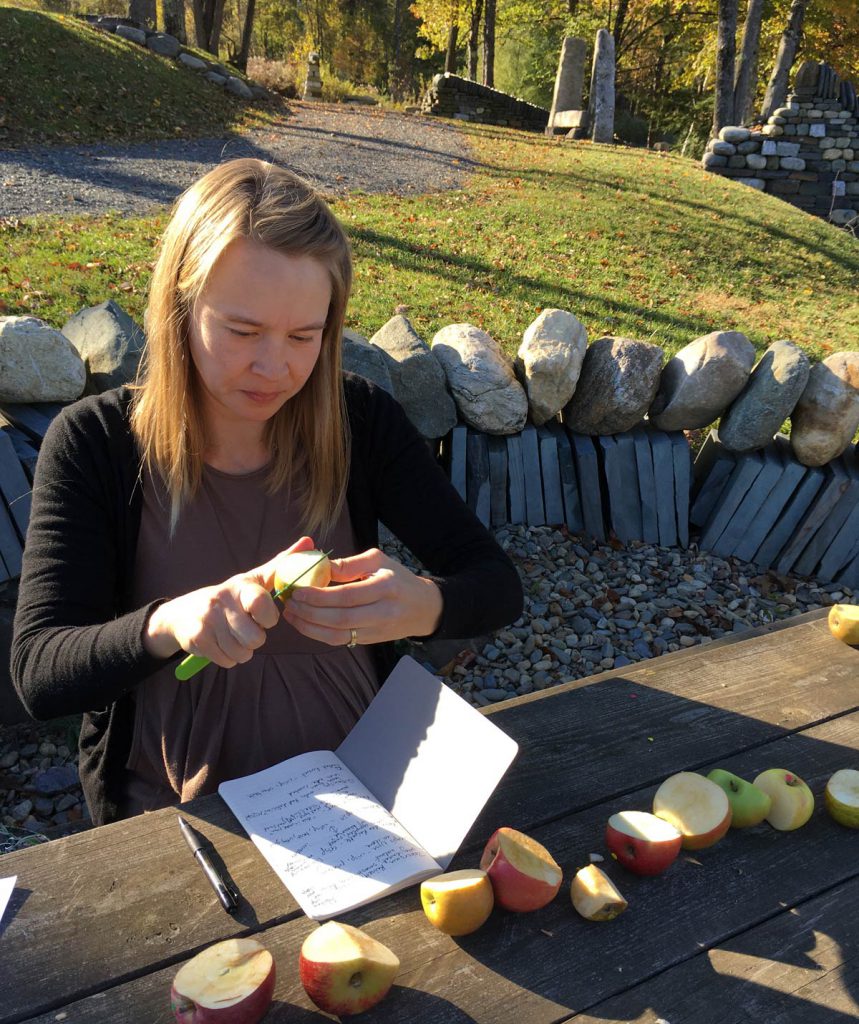
The Great Heirloom Apple Taste Testing Results
After all the tasting, my shortlist for the initial planting in my orchard includes Ashmead’s Kernel (my favorite tasting apple of the bunch), Belle de Boskoop, Northern Spy, Liberty (for practical reasons – known to be reliable), Bramley’s (for cooking and vitamin C), and a crabapple – the Dolgo or the Chestnut Crab. That last one I haven’t even tried, but the description in my favorite apple book is just SO compelling it jumped onto my shortlist! Of course I’ll be limited by availability so we’ll see what we can get at the right time. I’ve found these rarer trees are harder to come by and go out of stock quickly. The best sources I’ve found for cold-hardy heirloom trees are Fedco in Maine and Twisted Tree Farm in Michigan.
Expand Your Apple Appreciation Palate
If you ever find yourself in Vermont in the fall, you should definitely make a trip to the Scott Farm Orchard near Brattleboro. Whether you’re planning on having apple trees or not, you can partake in the great and diverse palate of heirloom apples. Check their calendar and see if you can hit an orchard tour, a class, or Heirloom Apple Days. Or come on any nice day to enjoy the grounds and some apples (heirloom apples are available at the farmstand, and a more limited selection can be picked.) The location itself is delightfully charming. The Stone Trust operates on-site, which offers training in the age-old skill of creating dry stone walls (stone walls with no mortar.) Their beautiful handiwork is featured around the farm and in the barns. It’s fun for kids and adults to explore, and incredibly picturesque — we captured some great family photos here!
Have you tried any heirloom apples? What did you think of them? Do you think any of my descriptions are on-point or did I miss the mark? I’d love to hear your experiences!


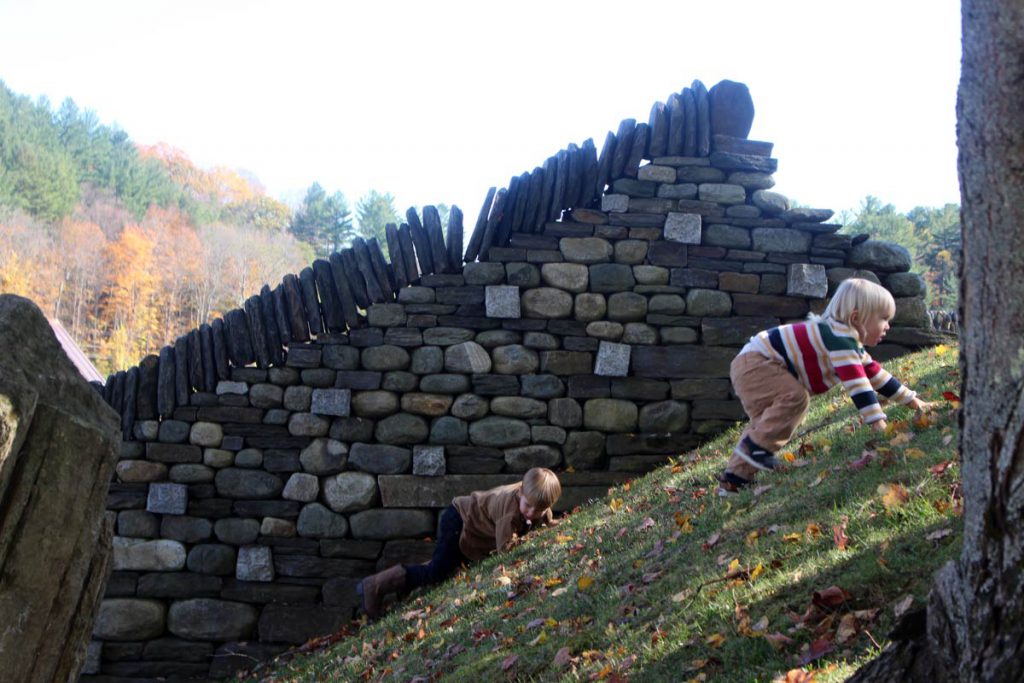


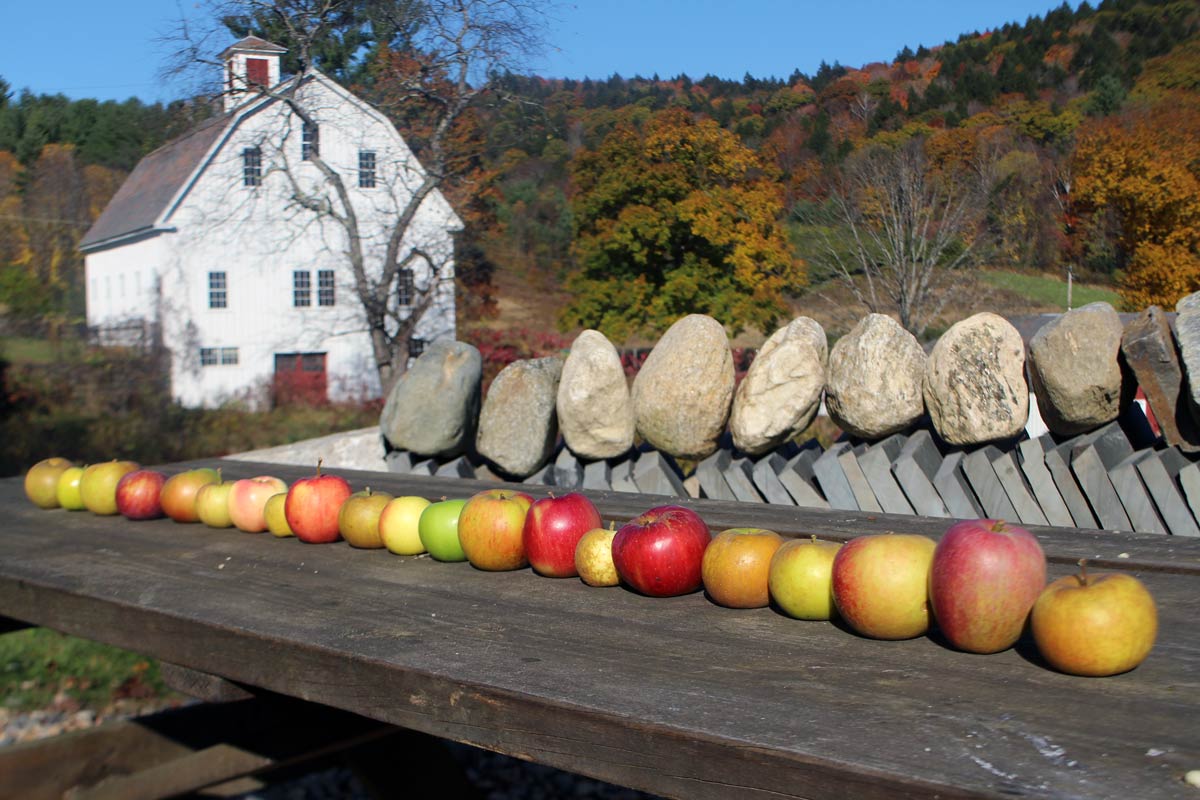
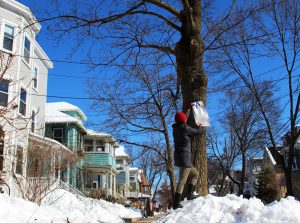

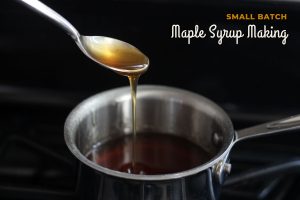
Linda Graham
26 Dec 2019Wow!!!! Kristen! That was wonderful reading! What a great project! It sounded like a delicious one!!! I hope I can find a good apple one day in the grocery store! I admire your determination! Keep up the great work! You have a beautiful family! Merry Christmas! Love, Linda Graham
The Inspired Wife
26 Dec 2019Aw, thanks for the kind comment Linda! I hope you had a wonderful holiday too, and keep your eyes out. I think heirloom apples may become a bigger thing like heirloom tomatoes have and you may start seeing them in the stores…
Diana | Wandering Hoof Ranch
27 Dec 2019Oh my I love this post!!! I am in the midst of planting 20 apple trees for our apple orchard. 10 different heirloom varieties I purchased from Salt Spring Island Apples including a few in your post like the Sweet Sixteen, we are in the PNW. Thank you for this informative post, I’ve learned a lot
The Inspired Wife
27 Dec 2019Oh, thanks for commenting! Good luck with the orchard, that sounds awesome. The Sweet Sixteen will be a treat… like candy 🙂
Denise E Johnson
28 Dec 2019Haha, lots of fun reading about all the apples. Sounds like a lot of work to keep all that straight. I wish you luck growing many apple trees!